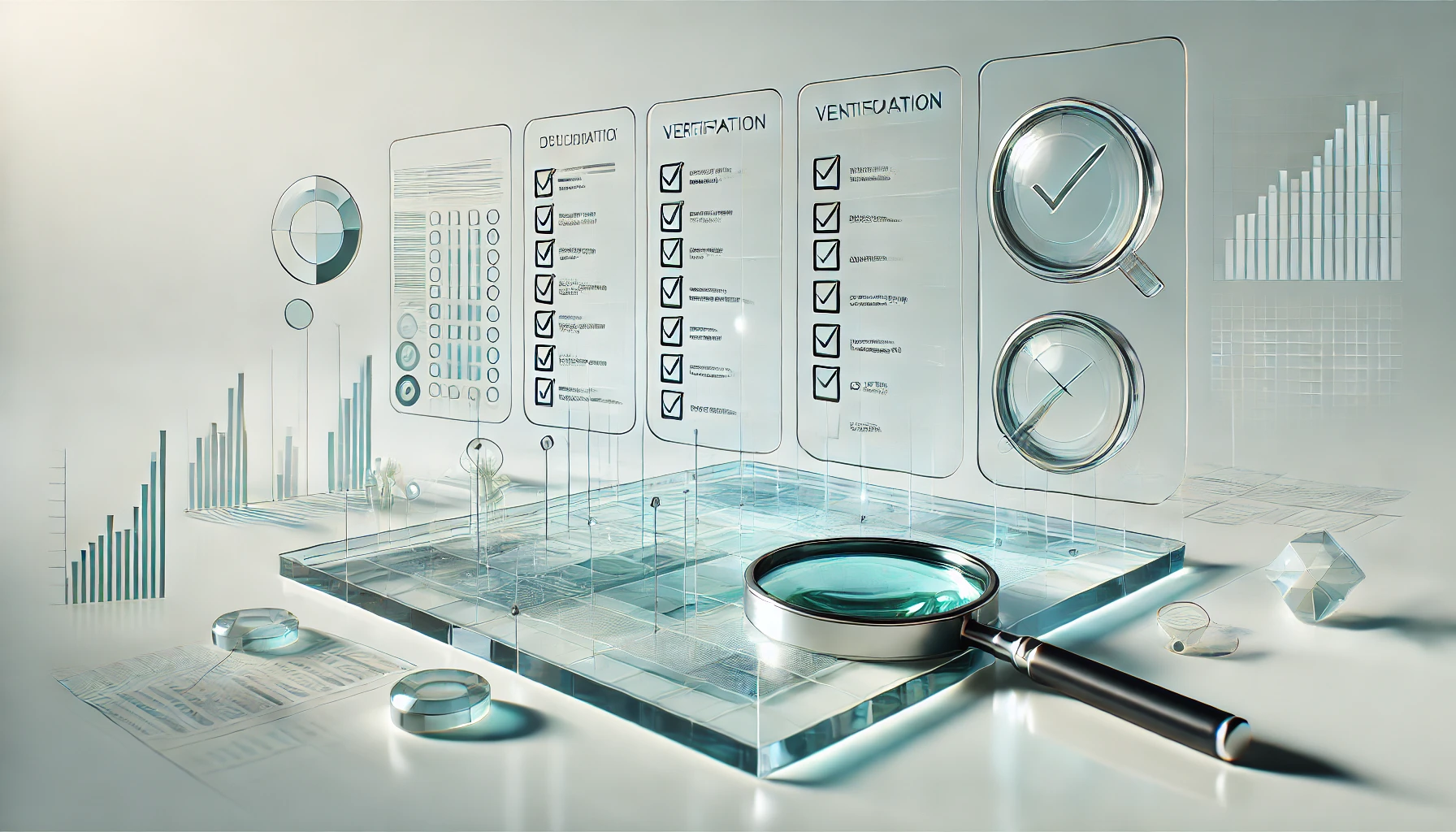The role of data verification in data analysis acts as a meticulous gatekeeper, safeguarding the integrity of your insights. By meticulously scrutinizing the data, you can unearth hidden discrepancies that might skew your conclusions. But what happens when data verification uncovers unexpected anomalies? Stay tuned to discover how these revelations can lead to deeper understanding and more precise decision-making in your analytical pursuits.
Ensures Data Accuracy
By verifying data, you are actively ensuring its accuracy. Data validation plays a crucial role in error detection, allowing you to identify and rectify inaccuracies that may compromise the integrity of your analysis. Through this process, you can verify that the information you are working with is reliable and free from inconsistencies.
Data validation involves checking data for completeness, consistency, and correctness. By performing these checks, you can detect any anomalies or discrepancies that may exist within the dataset. This attention to detail is essential in ensuring that the conclusions drawn from the data are based on accurate information.
Error detection is a fundamental aspect of data validation. By systematically validating data, you can spot errors such as missing values, incorrect formats, or outliers that could skew your analysis results. Addressing these errors proactively enhances the quality and reliability of your data, ultimately leading to more accurate and trustworthy insights.
Enhances Data Reliability
Enhancing data reliability is a critical outcome of rigorous data verification processes. By ensuring that the data is accurate and consistent, data verification improves decision-making within an organization. When data is reliable, it can be used confidently to make informed decisions that drive business strategies and performance. Through the validation of findings, organizations can trust the insights derived from the data analysis process, leading to more reliable conclusions and actionable outcomes. Reliable data enables stakeholders to have confidence in the results and helps in identifying trends, patterns, and correlations that are essential for strategic planning and forecasting. Moreover, data reliability instills trust in the data-driven decision-making process, ultimately enhancing the organization’s overall operational efficiency. Therefore, by enhancing data reliability through verification processes, organizations can significantly improve decision-making and validate findings, which are crucial for driving success and growth.
Facilitates Accurate Analysis
Facilitating accurate analysis is a foundational aspect of data verification in the realm of data analysis. By ensuring that the data used is accurate and reliable, data verification plays a crucial role in improving insights derived from the analysis. When data is verified, it validates findings and enables more accurate conclusions to be drawn. This process helps in identifying and rectifying errors, inconsistencies, or outliers that could potentially skew the results of the analysis.
Through data verification, the analyst can have confidence in the quality of the data being analyzed, leading to more reliable outcomes. By facilitating accurate analysis, data verification contributes to the overall integrity of the insights gained from the data. It acts as a safeguard against drawing incorrect conclusions or making decisions based on flawed data. Ultimately, the process of data verification ensures that the analysis is based on solid, accurate data, enhancing the credibility and trustworthiness of the findings.
Eliminates Data Bias
Addressing data bias is a critical aspect of data verification in the realm of data analysis. By detecting bias in the data through thorough verification processes, you can ensure that the results obtained are unbiased and reliable. Bias detection involves identifying and correcting any systematic errors or inaccuracies that may exist in the data, which could otherwise lead to misleading conclusions.
Data verification helps in eliminating data bias by scrutinizing the data for any inconsistencies, outliers, or missing information that could skew the results. By ensuring that the data is accurate, complete, and representative of the entire dataset, you can generate unbiased results that reflect the true nature of the information being analyzed.
Incorporating data verification techniques into your analysis workflow is essential for obtaining trustworthy and credible insights. By actively working to eliminate data bias, you can enhance the validity and reliability of your findings, enabling you to make informed decisions based on accurate and unbiased data.
Helps in Hypothesis Testing
Detecting data bias through thorough verification processes not only ensures the reliability of your analysis but also plays a crucial role in hypothesis testing. When conducting hypothesis testing, it is essential to have accurate data to draw meaningful conclusions. Data verification helps in maintaining data integrity by ensuring that the information used in the analysis is correct and free from errors. This is particularly important when determining statistical significance in your hypothesis testing. Statistical significance indicates whether the results you have obtained are likely due to a real effect or just by chance. By verifying your data, you can be confident that the conclusions drawn from the analysis are based on reliable information, increasing the validity of your hypothesis testing. Therefore, data verification is a fundamental step in the process of hypothesis testing, allowing you to make informed decisions and draw accurate conclusions from your data analysis.
Frequently Asked Questions
How Can Data Verification Help in Preventing Data Breaches?
By verifying data, you can prevent breaches and enhance security. Ensuring accuracy and authenticity of information before use is crucial. Data verification acts as a protective shield, identifying and rectifying potential vulnerabilities, safeguarding against unauthorized access.
What Are the Common Challenges Faced During the Data Verification Process?
When verifying data, common challenges include data inaccuracies, inconsistencies, and validation issues. Ensuring data accuracy and integrity is vital. Addressing these challenges through thorough data validation processes can enhance the quality of your analysis results.
Does Data Verification Play a Role in Improving Data Quality?
Like a skilled artisan shaping clay, data verification molds accuracy and integrity. It acts as a vigilant gatekeeper, detecting and preventing errors. By scrutinizing data, it refines quality, ensuring a sturdy foundation for analysis.
How Does Data Verification Contribute to Regulatory Compliance?
Data verification ensures data accuracy, a cornerstone for regulatory compliance. By confirming information aligns with regulatory requirements, compliance is achieved. This process maintains data integrity, essential for meeting legal standards and instilling trust in your data analysis outcomes.
Is There a Specific Software Recommended for Data Verification Tasks?
When considering data validation tools, software comparison is crucial. Look for features like accuracy, efficiency, and compatibility with your data sources. Ensure the software meets your specific needs for reliable data verification in analysis tasks.



